The inconvenient truth about EVs in cold weather

Tesla’s Model 3 passengers need a “blankie” to complete its record-breaking cross-country Cannonball Run
So, a Tesla drove across the United States. That such a feat is no longer big news is testament to how far EVs have come and an indication electric vehicles are no longer limited to urban use.
What is newsworthy, however, is that Alex Roy, The Drive’s editor-at-large (and expert Cannonballer), along with the Model 3’s owner, Daniel Zorrilla, took but 50 hours, 16 minutes and 32 seconds to drive from Los Angeles to New York City, the quickest any car has ever traveled from U.S. coast to U.S. coast using electricity as its sole source of power.
This is not an accomplishment to be diminished. Ten years ago, such an expedition would have been measured in weeks, not hours. Even five years ago when Elon Musk began rolling out Superchargers across the land, criss-crossing the continent would have been all but unthinkable.
Those who seek to diminish Roy and Zorrilla’s accomplishments by noting that the current Cannonball Run record is something less than 30 hours miss the point. Google calculates the 4,288 kilometre drive takes just a tad over 40 hours, which means Roy and Zorrilla spent only about 10 hours charging the Model 3 — not so long ago the time it would have taken for a single overnight charge of its (optional) 75 kilowatt-hour battery. It’s an impressive feat and proof of the progress in both EV technology and Tesla’s infrastructure development.
But does it mean — as is the subtext of virtually every story written about Roy’s trek — that EVs are ripe to supplant gasoline-fueled cars in the immediate future.
Uhm, not quite. You see, buried deep in Roy’s 4,345 word treatise on his adventure is the following little tidbit: “It’s too bad we kept the heat off for most of the drive.” Yes, in order to ensure they made it between Supercharger stations, Roy and Zorrilla drove through the worst weather much of the United States has seen in decades without the comfort of cabin heat. Indeed, both wore multiple layers of clothing, Zorrilla, according to Roy’s account, donning three layers of pants to stave off the frigid temperatures, while Roy himself had to buy a wool blanket halfway through the trip. That’s right, no heat in a US$55,000+ car that purports to play in the luxury segment.

Now Cannonballers past have made manifold sacrifices — ingesting massive amounts of caffeine, peeing in bottles and, even more gross, unless, of course, you’re the President of the United States, eating a steady diet of McDonald’s — in their pursuit of speed, but those compromises have always been to overcome human limitations, not compensate for the failing of the automobile. That Roy spends less than 50 words discussing the lack of cabin heat— with nothing remotely resembling a technical analysis of the energy used/saved and range extended by their plight — while devoting no less than 1,670 words to the Autopilot user interface (Roy actually spends more time stressing about the Model’s 3’s steering stalk than he does on the fact that he froze his ‘nads off for 50 straight hours) speaks to someone deliberately not wanting to talk about an elephant in a room.
Here’s the discussion I think he was trying to avoid.
Fleetcarma.com – a website devoted to the adoption of plug-in electric vehicles and optimizing EV fleet deployment since 2007 – recently released a sneak peak of its Truth About Electric Vehicles (EVs) in Cold Weather study based on its real world usage of a number of electric cars in cold climes.
The numbers are not pretty. According to Erik Mallia, the company’s strategic development manager, the EVs in Fleetcarma’s fleet — Nissan Leaf, Mitsubishi i-MiEV and Ford Transit Connect EV — started displaying greatly reduced range when the outside temperature dropped below about 3 degrees Celsius. By the time the mercury hit -10C, all three vehicles’ had dropped below half of their advertised/EPA-designated maximum range. In their worst performance, for instance, Nissan’s Leaf ran out of electrons in just 51 kilometres and the Transit Connect in 40. And that’s at -10, not the 20 or 25 below that has been common across eastern Canada since Christmas, Fleetcarma’s information suggesting that EV range prohibitively “drops of a cliff” somewhere around the -5C mark.
Source: Driving


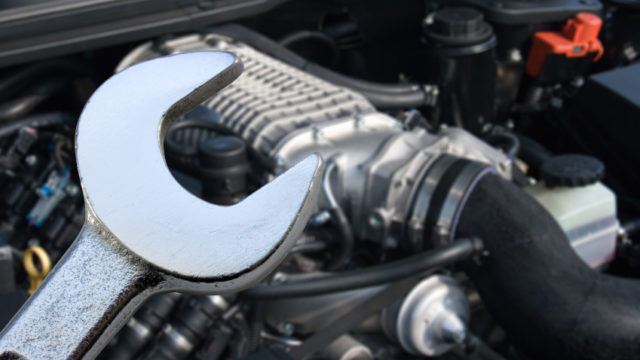
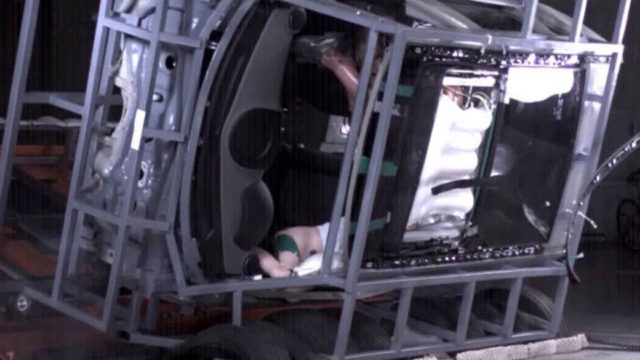
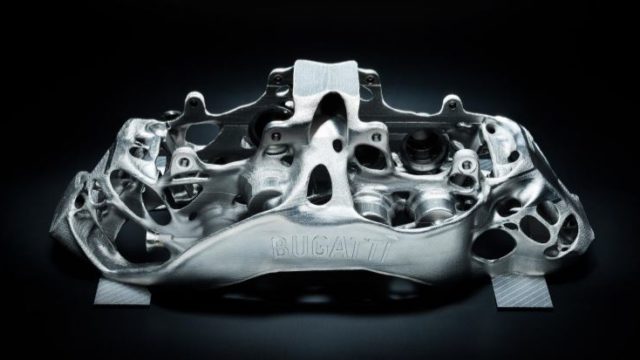
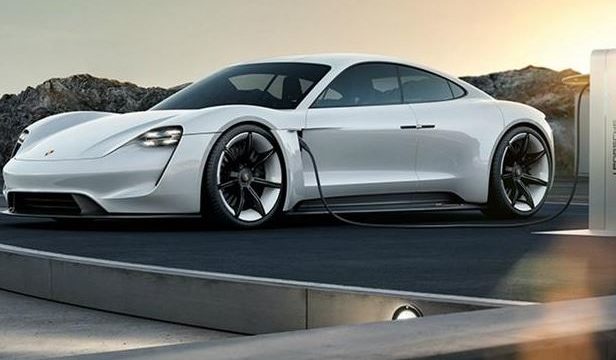
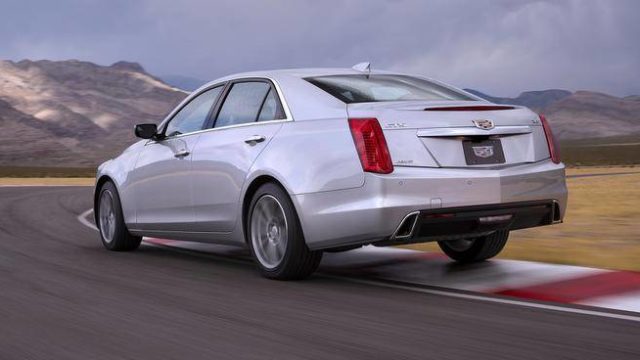
furtdso linopv
I have been absent for some time, but now I remember why I used to love this website. Thank you, I will try and check back more frequently. How frequently you update your website?
Transit
When I initially commented I clicked the “Notify me when new comments are added” checkbox
and now each time a comment is added I get three emails with the
same comment. Is there any way you can remove me from that
service? Many thanks!
suchen ebay deutschland
Hey There. I found your weblog the use of msn. That is an extremely smartly written article.
I’ll make sure to bookmark it and come back to learn more of
your helpful info. Thanks for the post. I will certainly comeback.
cheap viagra
Definitely believe that which you said. Your favorite reason seemed to be on the web the simplest thing to be aware of. I say to you, I definitely get annoyed while people consider worries that they just do not know about. You managed to hit the nail upon the top and also defined out the whole thing without having side-effects , people could take a signal. Will likely be back to get more. Thanks
get high pr backlinks
Appreciation to my father who shared with me regarding
this website, this webpage is actually awesome.
wpscan tutorial
I conceive you have mentioned some very interesting details , appreciate it for the post.